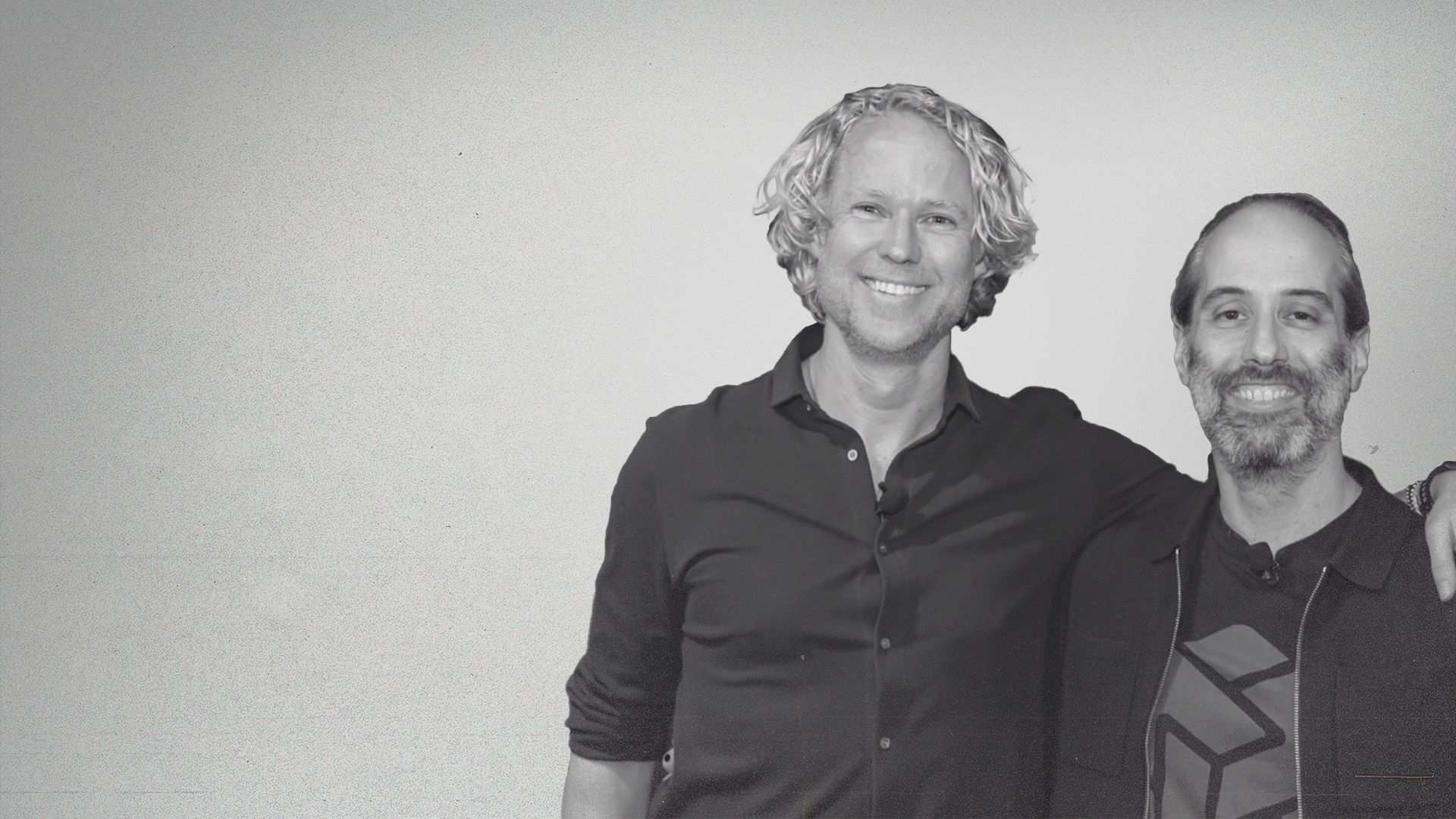

IS CODE DEAD &
THE $1B SOLO
STARTUP
Also available on
At the London GenAI Meetup, Tessl founder Guy Podjarny and GV’s Tom Hulme dive into the future of AI-native development. They explore the shift from code-centric to spec-centric workflows, the rise of LLM-powered tooling, and why most dev tools today lack differentiation, loyalty, and real autonomy.
The chat covers the launch of the AI Native Dev Tool Landscape, mapping 170+ tools across the dev lifecycle, and examines what’s missing from the space — from autonomous systems to better design and DevOps solutions. They also discuss the myth of moats in AI and whether a one-person billion-dollar startup is possible.
This is a must-watch for anyone building or navigating the next generation of software development.
In this insightful podcast episode, Guy Podjarny, the founder of Tessl, explores the significant paradigm shift from a code-centric to a spec-centric approach in software development. This transition is pivotal to Tessl's mission, as Guy articulates, "What does it mean when you start to talk about actually moving from a code-centric way of developing to a spec-centric approach? This is probably the most important part of what Tessl is going after in my opinion." Understanding this transformation is crucial for grasping Tessl's future focus and the broader implications for cloud-native development.
Guy Podjarny passionately discusses the advantages of cloud-native development, underscoring the necessity of embracing a diverse array of services. He notes, "The true benefit from cloud-native development, as we call it today, comes from practices and changes that really embrace it — the plethora of services." This reflects the complexity and vastness of the ecosystem, where developers must navigate effectively to harness the full potential of available tools.
With over 170 tools in the ecosystem, Guy examines how these tools often fall short of delivering on their promises. He poses a critical question: "Help us understand how you think about these tools, and how you categorize them." This section focuses on the importance of integrating natural language interfaces, which can significantly enhance tool utility and user experience.
The reliability of generative AI and large language models (LLMs) is a focal point, with Guy expressing concerns and observations. "We ask ourselves, where is generative AI now? Are LLMs reliable enough today? And we've not really found any fully agentic, reliable enough tools." He emphasizes that these models are most effective when trained with clean data, raising important questions about their current dependability in software development.
Guy reflects on the future of software development, pondering the necessity of a translation layer between human and machine languages. He muses, "When we think about things from first principles, what is software development going to look like?" The adaptability of LLMs could reduce the need for maintaining decisions, potentially altering the developer's role and how software is created and maintained.
The podcast raises intriguing points about the prevalence of English or American English in development, with Guy noting, "It's interesting to me that English or American English is becoming the language of development." This trend may lead to the obsolescence of certain programming languages as English becomes the dominant language in coding and development processes.
The episode wraps up with profound insights into the changing role of developers and the rapid growth potential of companies leveraging these technological advancements. Guy concludes, "The dream is they start to embed memory, and that is a moat. It's understand me." The discussion highlights the transformative influence of AI and cloud-native practices on software development, emphasizing the importance of adaptation and forward-thinking strategies in this ever-evolving field.